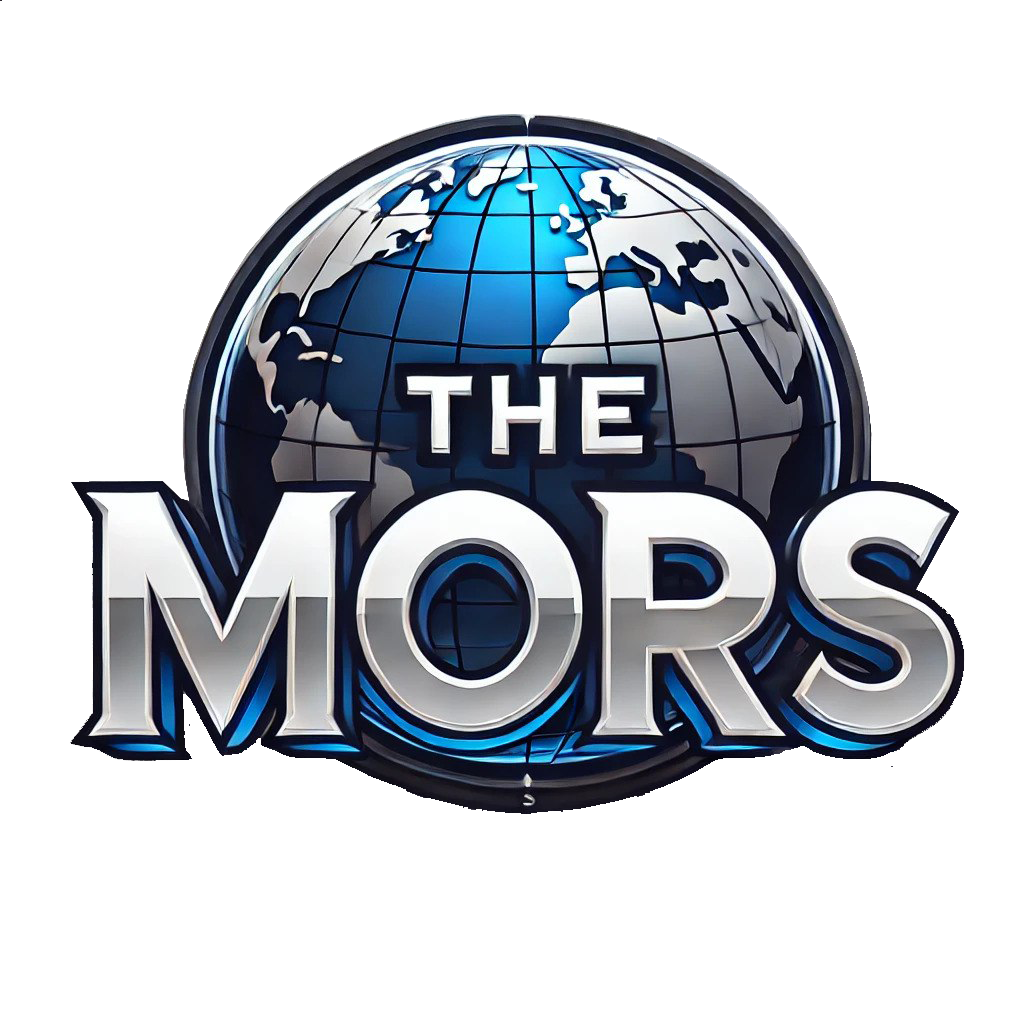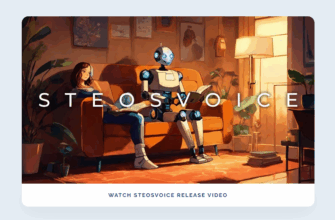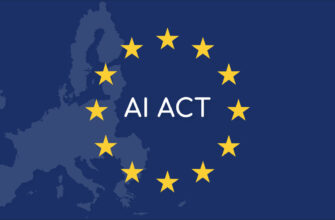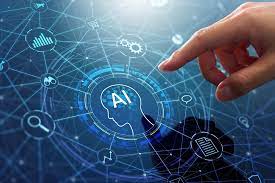Artificial intelligence in 2025 feels less like a novelty and more like a utility: part research breakthrough, part engineering marathon, and part product competition. This article walks through the three systems that, by consensus across industries and researchers, shaped the landscape this year — who they are, what they do well, and where they still need work.
- How this list was compiled
- 1. OpenAI’s GPT family: conversational and multimodal leader
- 2. Google DeepMind’s Gemini series: search-native and multimodal at scale
- 3. Anthropic’s Claude family: safety-first and enterprise-ready
- Comparison at a glance
- Choosing models by use case
- Implementation checklist
- Practical tips from building real systems
- Managing hallucinations and ensuring accuracy
- Ethics, regulation, and responsible use
- Cost and pricing realities
- Developer ecosystems and tooling
- Procurement and vendor management
- When to build versus when to buy
- Looking ahead: signals to watch in 2026
How this list was compiled
Picking the leaders isn’t about marketing or press cycles. I prioritized models and platforms based on technical capability (multimodality, reasoning, latency), real-world adoption (enterprise integrations and developer traction), and safety investments (guardrails, red team results, and transparency reports).
Those criteria favor systems that are battle-tested in production, not just high on benchmark charts. You’ll see references to performance and ecosystem rather than speculative claims about future releases.
1. OpenAI’s GPT family: conversational and multimodal leader
OpenAI’s GPT lineup was the most visible face of large language models through 2024 and into 2025, and for many organizations it remains the first stop when they need a general-purpose AI. The family blends strong natural language understanding with an expanding set of multimodal capabilities, making it versatile across chat, coding assistance, content generation, and image or audio inputs.
What stands out is the developer experience: robust APIs, extensive SDKs, and a large community producing tools and templates. That ecosystem reduces friction for teams who want to prototype quickly and scale, because integration work is a smaller percentage of the overall project effort.
On the technical side, GPT models excel at producing coherent, context-aware text and handling follow-up dialog. They often form the backbone of virtual assistants and customer-facing automation that require a conversational tone and continuous context tracking.
Limitations are real: hallucinations still occur, and fine-tuning or retrieval-augmented pipelines are commonly required for domain-accurate outputs. Cost management and latency are also practical concerns for high-volume deployments, so engineering teams frequently layer caching, verification, and hybrid on-prem models to control risk and expense.
2. Google DeepMind’s Gemini series: search-native and multimodal at scale
Gemini, from Google DeepMind, carved a different niche by leaning into integration with search, knowledge graphs, and very large multimodal datasets. The result is a system well-suited for tasks that need grounding in up-to-date facts and structured knowledge, such as research assistants, discovery tools, and enterprise search layers.
One practical advantage is the model’s alignment with Google’s broader indexing and data infrastructures, which can make retrieval and fact-checking workflows more efficient. Enterprises with heavy investment in Google Cloud and workspace tools often prefer the tight integrations available in this ecosystem.
Gemini performs strongly on multimodal inputs and is tuned for interactive reasoning across different media — text, images, and spreadsheets, for example. When correctly configured with retrieval components, it reduces the frequency of nonsensical outputs in factual tasks.
However, the strength of being search-native brings trade-offs: users can encounter stricter data-governance hurdles, and organizations that want full model control sometimes find the hosted nature of some services limiting. There is also the familiar pressure to architect around latency and privacy when fresh web data becomes part of the pipeline.
3. Anthropic’s Claude family: safety-first and enterprise-ready
Anthropic’s Claude lineup built its reputation on a safety- and alignment-first philosophy, prioritizing predictable behavior and guardrails that reduce risk in sensitive use cases. For companies in regulated sectors — finance, healthcare, legal — that emphasis translates into fewer surprises and clearer approval paths when deploying AI at scale.
Claude models are designed with controllability in mind, providing tools and prompts that make it easier to constrain outputs and enforce policy. That design approach helps teams create workflows that comply with internal governance and external regulation without extensive additional engineering.
Functionally, Claude competes on clarity, fewer hallucinations in certain contexts, and a developer experience focused on safe defaults. Many enterprises choose Claude for tasks where minimizing downstream legal and reputational risk is the priority rather than pushing the absolute technical limits of creative generation.
The trade-off is that conservative defaults can sometimes limit creativity or produce overly cautious responses when a bolder answer would be useful. Organizations often pair Claude with other systems in hybrid architectures, using it for high-stakes verification and another model for exploratory or generative work.
Comparison at a glance
| System | Strengths | Best for | Notes |
|---|---|---|---|
| OpenAI GPT family | Conversational fluency, broad tooling | Chatbots, creative writing, coding assistants | Large ecosystem, faster prototyping |
| Google DeepMind Gemini | Search grounding, multimodal reasoning | Research assistants, knowledge-driven apps | Tight Google integrations, strong retrieval |
| Anthropic Claude family | Safety controls, predictable outputs | Regulated industries, high-risk verification | Conservative defaults, alignment-focused |
The table simplifies a complex landscape, but it highlights why organizations often choose more than one provider depending on the problem at hand. Many production systems use a mix: one model for drafting, another for fact-checking, and a third for high-assurance tasks.
Choosing models by use case
If your priority is natural conversational tone and developer velocity, GPT-family offerings are often the quickest path from idea to prototype. The combination of community resources and plug-and-play integrations accelerates experimentation and iteration.
When answers must be anchored to current knowledge or large structured datasets, Gemini’s search-oriented architecture tends to be a better fit. Teams building knowledge management or discovery tools report fewer surprises when retrieval and grounding are first-class features.
For high-stakes, compliance-heavy environments, Anthropic’s focus on safety reduces friction in audit trails and governance conversations. Claude models are frequently chosen as one of the stops in an approval workflow, especially when human review remains a regulatory requirement.
Implementation checklist
Before you commit to a single provider, run a short pilot comparing the models on the specific tasks you care about. Measure accuracy, hallucination rate, latency, cost per request, and developer time needed to integrate and monitor outputs.
- Define the core user journey and the model’s role in it.
- Create a data-handling and privacy checklist tailored to your industry.
- Plan for a verification or RAG (retrieval-augmented generation) layer if factual accuracy matters.
- Budget for ongoing monitoring and model updates.
These steps reduce the chance of a costly rework later. A small, well-structured pilot reveals integration challenges faster than a long procurement process.
Practical tips from building real systems
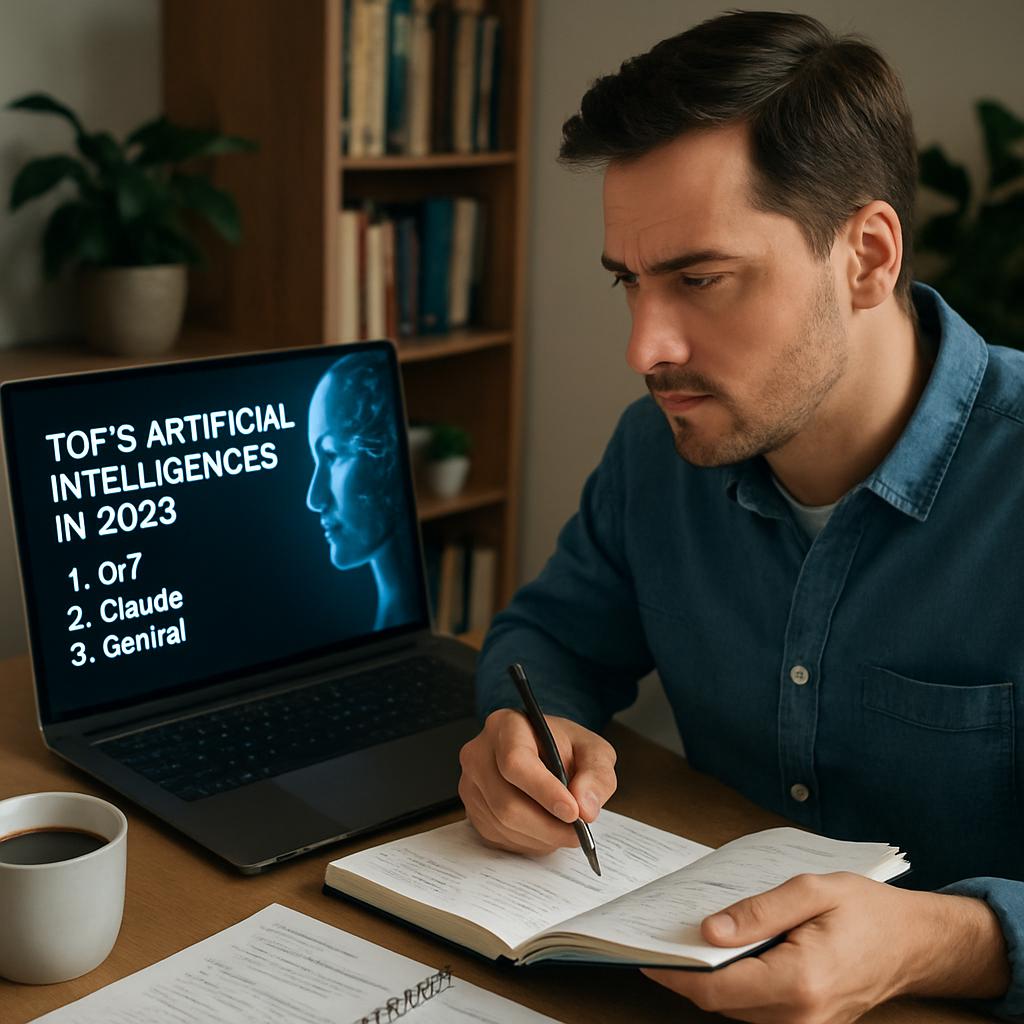
In my own work building internal tools and prototypes, I found that the variables most likely to derail a project are not model choice alone but data access, latency, and monitoring. Early investments in robust logging and human-in-the-loop review saved more time than switching to a different model family.
For instance, we once launched a customer support assistant that used a GPT-based generator for responses and a Claude-based verifier for high-risk replies. The hybrid approach reduced error rates and satisfied compliance reviewers without sacrificing the assistant’s conversational quality.
Managing hallucinations and ensuring accuracy
All three leaders still produce incorrect statements under certain conditions; the differences lie in frequency and controllability. The best defense is layered: retrieval of authoritative sources, explicit verification prompts, and human review gates for critical outputs.
Design your UX to surface uncertainty. If a model is less than 90% confident, present the answer as a suggested draft or link directly to source documents. That pattern maintains user trust and keeps responsibility clear.
Ethics, regulation, and responsible use
Regulation matured significantly by 2025, and vendors now supply more explicit compliance tooling, from differential privacy options to audit logs and provenance features. These capabilities matter as governments and industry bodies expect traceability in automated decisions.
Beyond technical controls, operational policies are essential. Define who can approve model deployments, what data can be used for training, and how to handle incident response when outputs cause harm. Those operational habits matter at least as much as the underlying model choice.
Cost and pricing realities
Pricing models are varied: per-token or per-inference billing, subscription tiers, and enterprise contracts that include dedicated capacity and SLAs. For large-scale deployments, costs can become a material line item and deserve the same forecasting scrutiny as cloud compute or storage.
Engineering teams often build cost-control into the product by batching requests, caching common answers, or routing low-value queries to smaller, local models. Those tactics preserve user experience while keeping monthly bills predictable.
Developer ecosystems and tooling
Developer tools and community resources are a key differentiator. OpenAI’s strong documentation, sample apps, and library ecosystem make it quick to prototype. Google and Anthropic offer competitive tooling, but the choice often depends on which stack your engineers already use.
Open-source alternatives and foundation models remain important, too. Many teams employ local LLMs for private data and use hosted models for broader tasks. This hybrid approach balances control with capability.
Procurement and vendor management
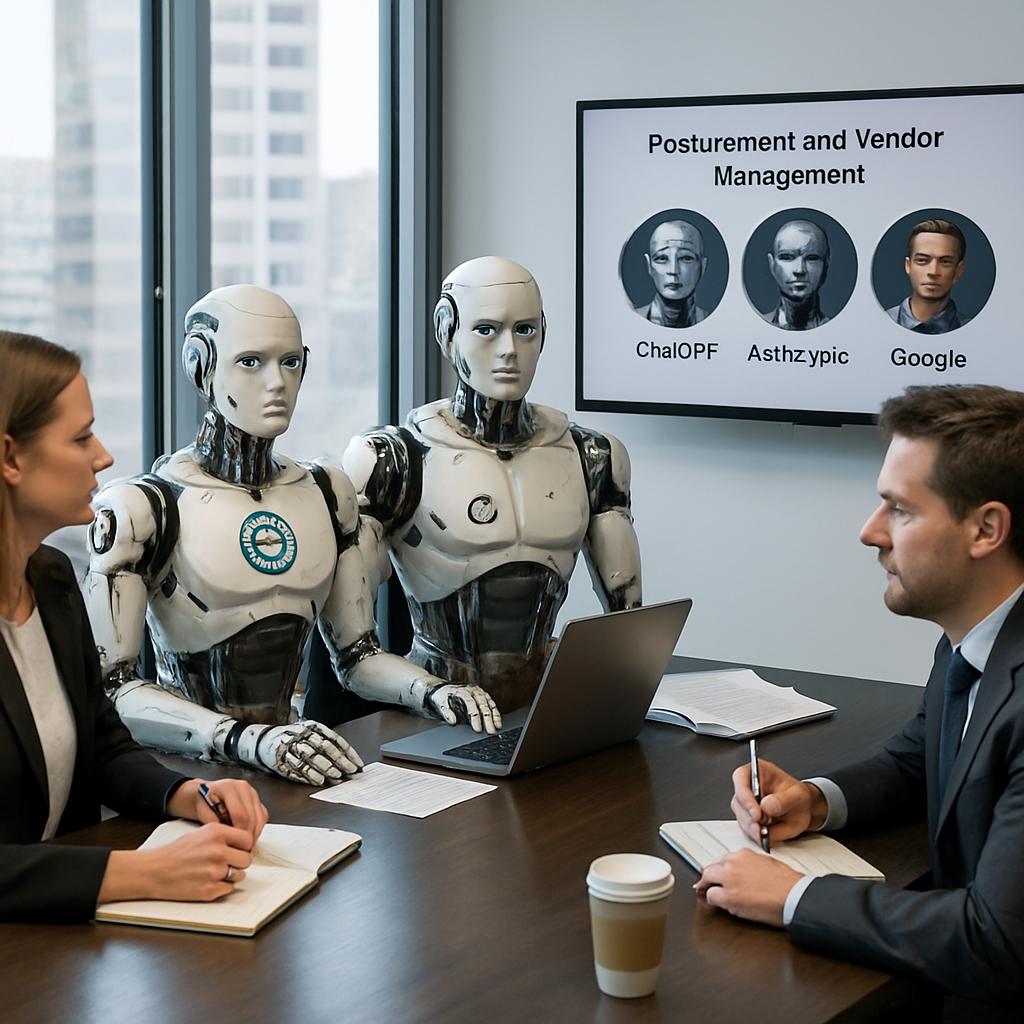
Procurement for AI should look like procurement for any strategic platform: evaluate SLAs, data handling policies, and exit options. Ensure contracts specify data ownership, retraining terms, and responsibilities in the event of misuse.
Vendors now commonly provide compliance addenda and third-party audits. Treat those documents as part of your technical due diligence as much as legal paperwork: they reveal the degree to which a provider has hardened and standardized their offering.
When to build versus when to buy
Build when you have a unique dataset or latency/privacy requirements that off-the-shelf models cannot meet. Buy when you need speed to market and benefit from continuous vendor improvements. The decision is rarely binary; most teams adopt a hybrid stack that mixes hosted models, open weights, and small on-prem components.
For example, a fintech firm I advised used a local model to handle customer PII and a hosted model for generic language tasks. This split reduced risk while enabling the team to use the most capable generators where privacy was less critical.
Looking ahead: signals to watch in 2026
The next waves will be about specialization and orchestration. Expect more horizontal improvements in multimodal reasoning and verticalized models optimized for law, medicine, and design. Orchestration layers that combine multiple models and tools into coherent workflows will become a mainstream engineering pattern.
Regulatory expectations will push for improved provenance and explainability features. The vendors that make these features easy to use for nontechnical stakeholders will gain a competitive advantage in regulated markets.
Choosing among the top players in 2025 requires a mix of technical evaluation and honest prioritization of risk, cost, and speed. Whether you need a nimble conversational agent, search-anchored intelligence, or a safety-first verifier, the three systems discussed here represent the most practical starting points for enterprise-grade projects this year.
Interested in reading deeper? Check out more coverage and analysis at https://themors.com/technology-innovation-news/ to explore case studies, technical breakdowns, and procurement advice.
